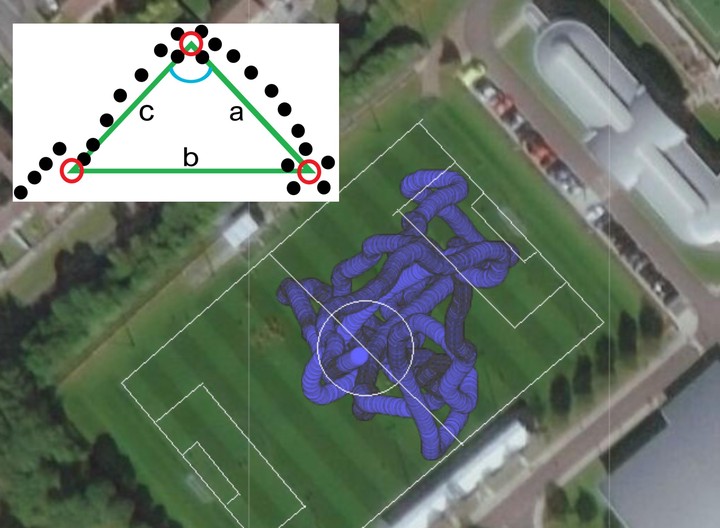Automated Classification of Changes of Direction in Soccer Using Inertial Measurement Units

Abstract
Changes of direction (COD) are an important aspect of soccer match play. Understanding the physiological and biomechanical demands on players in games allows sports scientists to effectively train and rehabilitate soccer players. COD are conventionally recorded using manually annotated time-motion video analysis which is highly time consuming, so more time-efficient approaches are required. The aim was to develop an automated classification model based on multi-sensor player tracking device data to detect COD > 45°. Video analysis data and individual multi-sensor player tracking data (GPS, accelerometer, gyroscopic) for 23 academy-level soccer players were used. A novel ‘GPS-COD Angle’ variable was developed and used in model training; along with 24 GPS-derived, gyroscope and accelerometer variables. Video annotation was the ground truth indicator of occurrence of COD > 45°. The random forest classifier using the full set of features demonstrated the highest accuracy (AUROC = 0.957, 95% CI = 0.956–0.958, Sensitivity = 0.941, Specificity = 0.772. To balance sensitivity and specificity, model parameters were optimised resulting in a value of 0.889 for both metrics. Similarly high levels of accuracy were observed for random forest models trained using a reduced set of features, accelerometer-derived variables only, and gyroscope-derived variables only. These results point to the potential effectiveness of the novel methodology implemented in automatically identifying COD in soccer players.